Do you know the Olympic Village in Rome, which was converted into a residential area after the 1960 Olympics? In Milan, for the 2026 event organized with Cortina, exactly the opposite will happen: in the area of the Porta Romana railway station, which will be modernized in the meantime, a student residence will be built from September 2026. That shortly before, in February of that year, will host athletes from all over the world for the Winter Olympics and Paralympics. The paradigm shift – first the after, the students, then the before, the athletes – was certified on the occasion of the presentation of the Masterplan of the entire Porta Romana area and the Olympic Village, which occupies about a quarter of the total space, i.e. 60.000 mXNUMX: “We thought about the Games before and after – said the CEO of the Milano Cortina Foundation, Vincenzo Novari in a conference at the Triennale -: we are the first Olympics to think in this logic”. In fact, in Milan, even before an Olympic Village, it is being born a real new neighborhood in the South area: "It will be the first district in the world with WELL for community certification, i.e. adhering to ESG criteria as a district", reveals Manfredi Catella, CEO of Bribery, the real estate company already responsible for the rebirth of Porta Nuova and now the client of the new project together with Covivio and Prada.
The new “Roman Park”, this is the official name of the masterplan for the redevelopment of the area around the Porta Romana airport, will be ready in mid-2025: times have been accelerated, after the inevitable slowdown in procedures due to Covid. The international tender, won by the Coima-Covivio-Prada trio for 180 million, was launched in 2020; then a public consultation was opened from 31 March to 14 April 2021 which received 80% of the votes (95% of the citizens involved chose the environment and ecology as priorities for the new plan); finally on May 11 the The Municipality of Milan has approved the guidelines, contained in a 326-page document transparently available online. At the same time, the call for tenders was launched for the Olympic Village alone, which at the end of the Games will become student accommodation as well as subsidized housing and services, from which citizens will benefit immediately after the athletes, without interruption or at least that's the idea. The winner was the New York architect Colin Koop of the SOM studio, a studio that does things on a grand scale: he has already designed the Moon Village for the European Space Agency, in collaboration with MIT, but also the Paris Bercy area, the One World Trade Center in New York and the Burj Khalifa in Dubai.
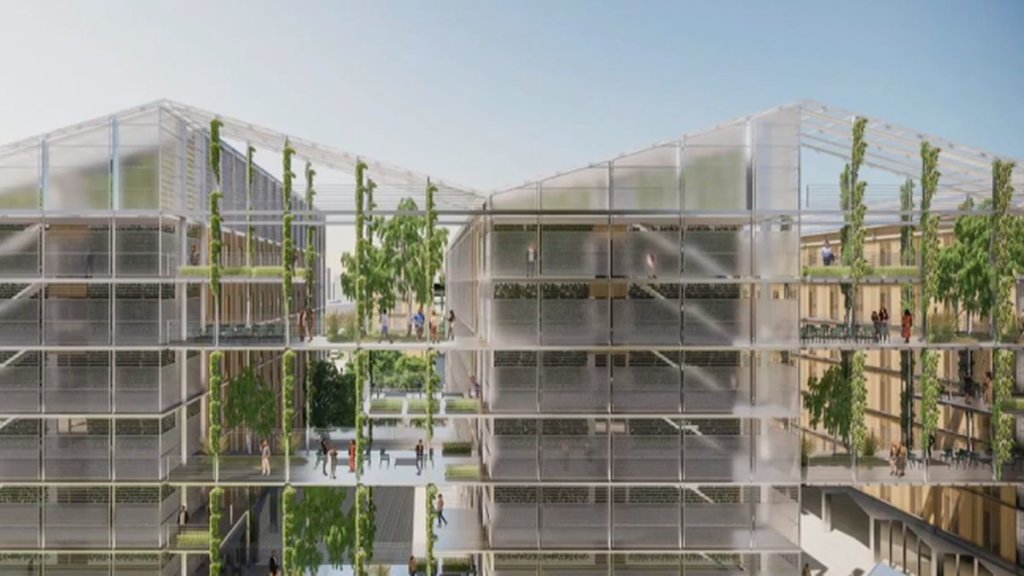
SOM study 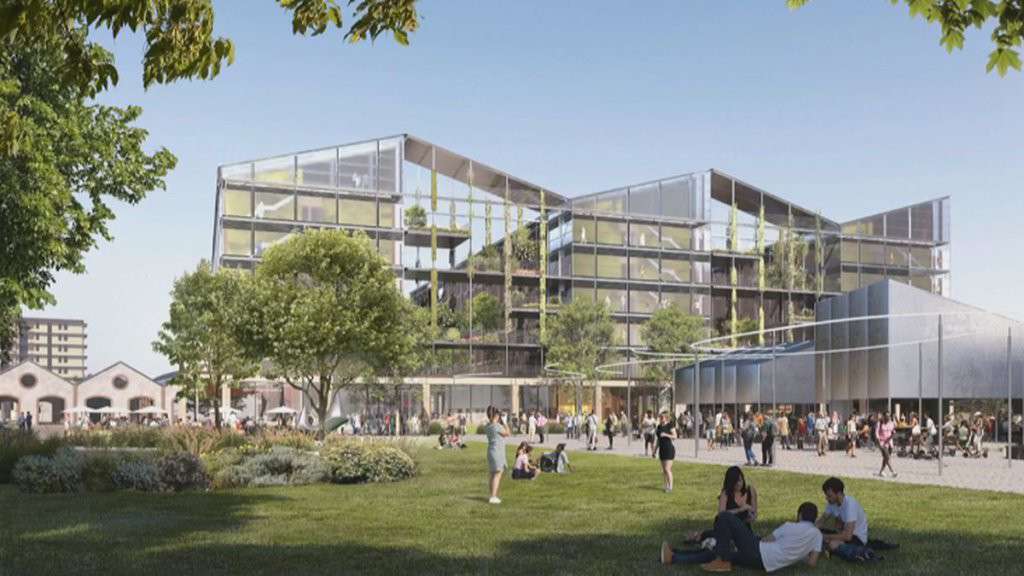
SOM study 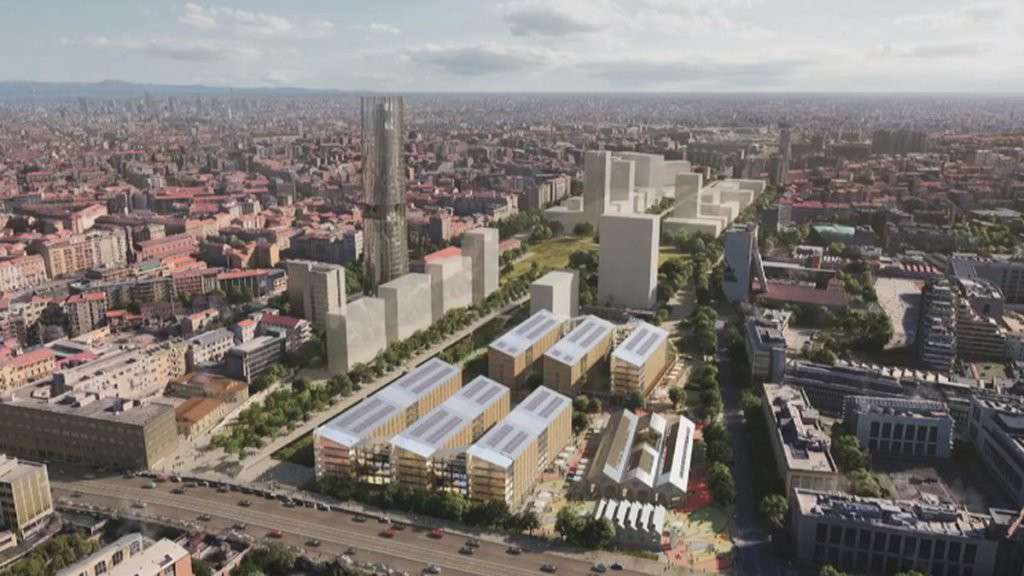
SOM study 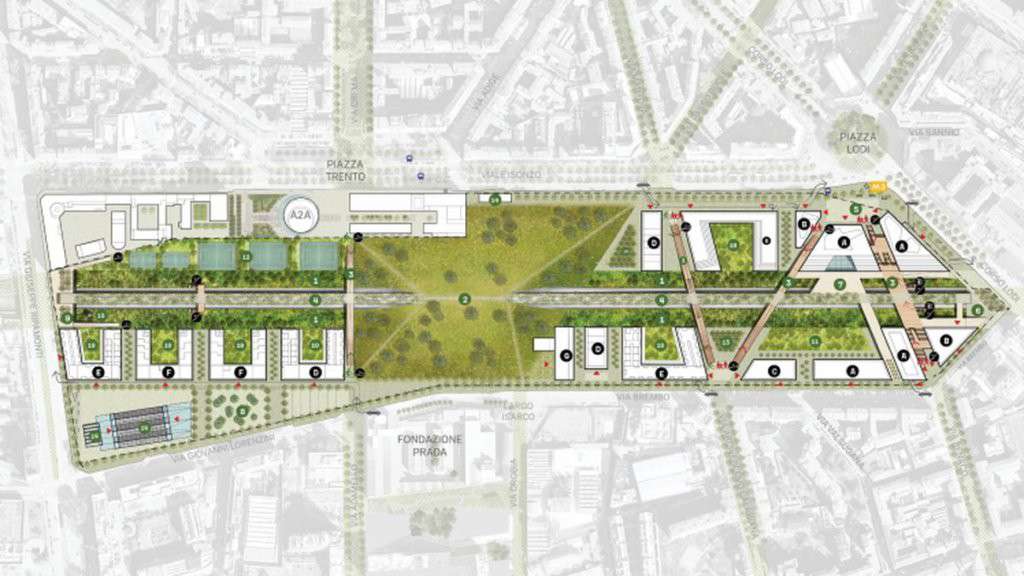
Milan Cortina 2026 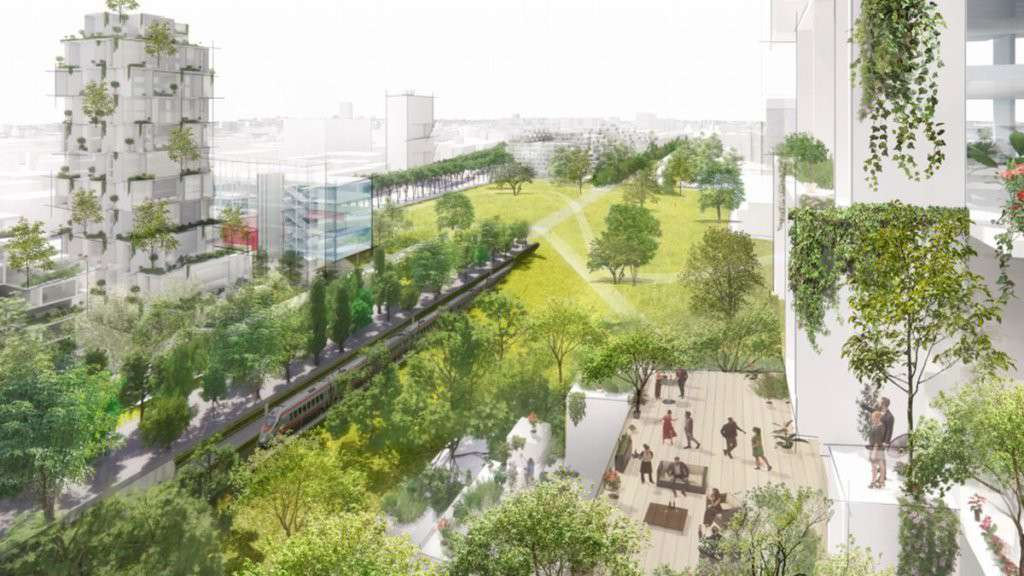
Milan Cortina 2026 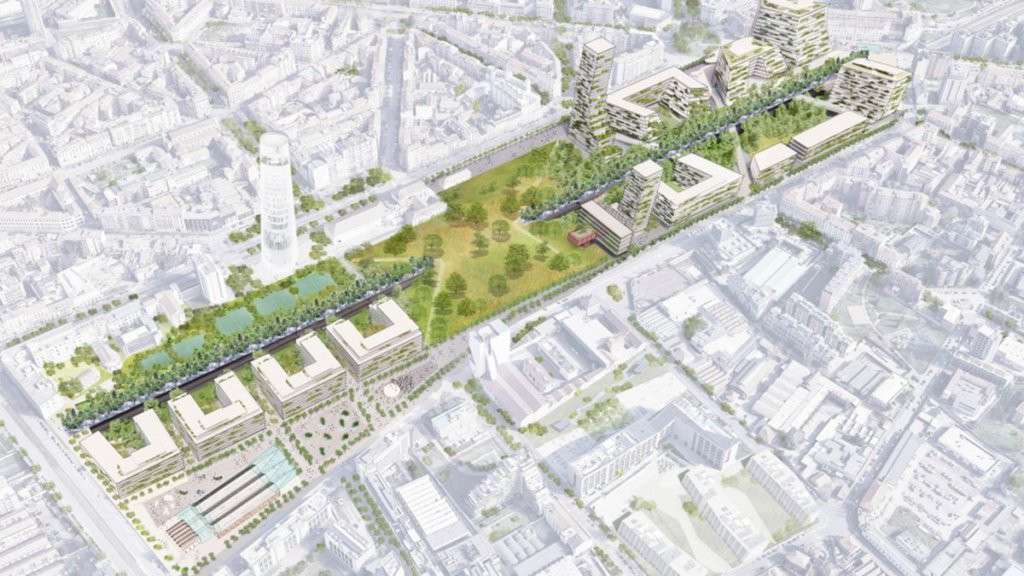
Milan Cortina 2026 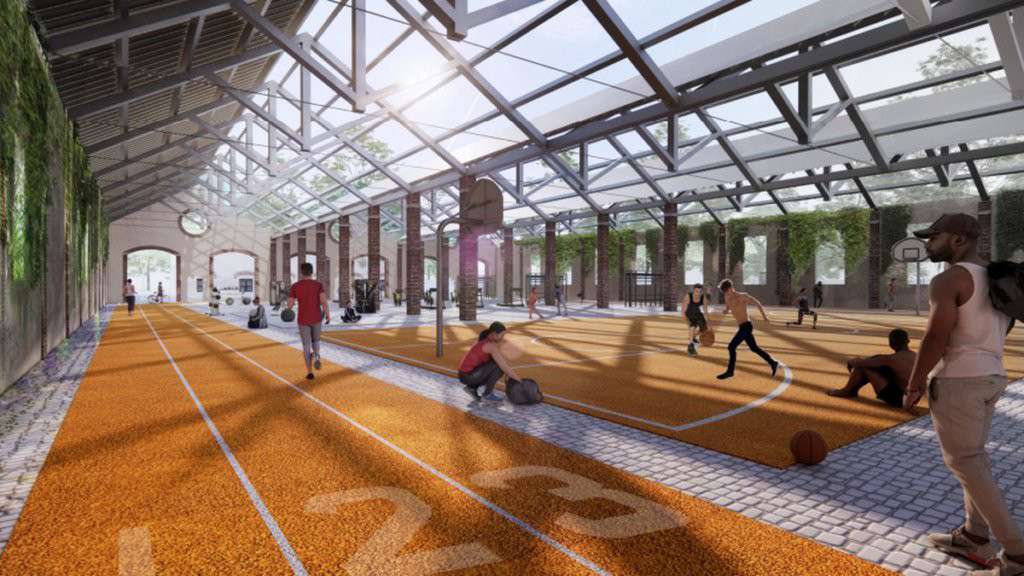
Milan Cortina 2026 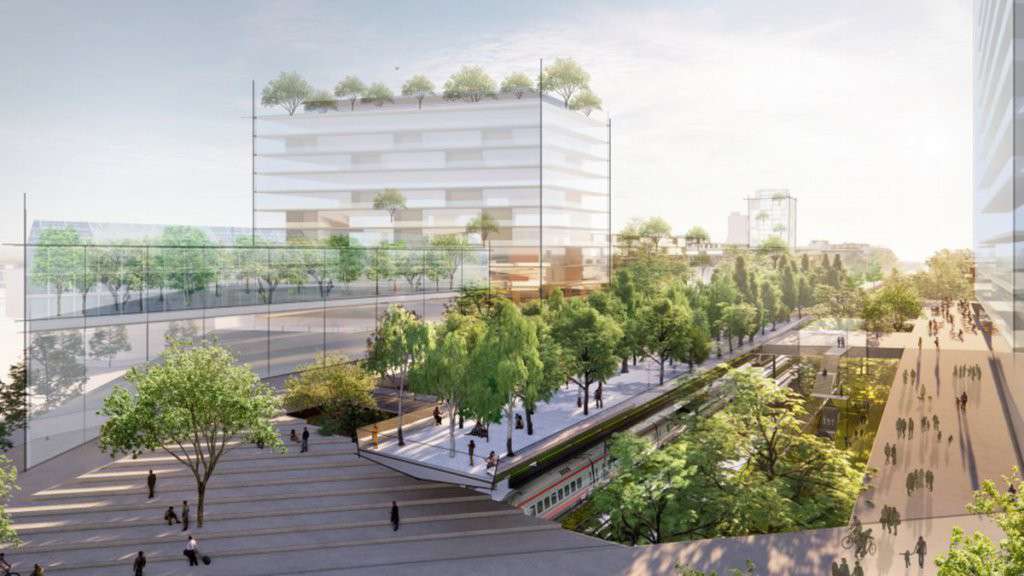
Milan Cortina 2026
Of special effects, even if they do not concern precisely the Village but the area around, there will be some here too. Milan has accustomed us to playing a lot with green since the times of the Bosco Verticale: this time it's the turn of the suspended forest instead. The Porta Romana airport, which the Municipality of Milan and the Fs undertook to redevelop in 2005, will not disappear but will become a smart station, with underground lines: above, a little raised, a park of several thousand square meters will rise instead, which will also have the role of mending between the southern and northern parts of the city, bypassing the tracks with a green area which among other things will be completely car free. As far as the actual Olympic Village is concerned, the cornerstones are environmental sustainability and functionality: “The goal – explains Manfredi Catella – is to build a district integrated with the city, not isolated. And that it is able to switch from the Olympic destination to the urban one in just a few months”. From an environmental point of view, the plan is in line with the PNRR and presents ambitious numbers: CO2 emissions in line with the European objectives for 2050, over 30% of the energy used from renewable sources, drinking water use reduction by more than 50%, CO2 reduction by 40% for heating/cooling, Nearly Zero Energy Building (NZEB).
And then there is one more thing to say: precisely because it will have to be integrated into the city fabric, this new district, unlike others such as CityLife, at least in intentions will not be an ivory tower, it will not be a ghost district inhabited by the few who they can afford it. Indeed, in compliance with the ESG criteria (where the S stands for Social) there is, as mentioned, a declared commitment to subsidized housing: in addition to students, who will be able to take advantage of around 1.000 beds, the buildings will be able to accommodate families who come to visit them (there are 7 universities in Milan), but also any citizen or professional category, especially in the months in which the accommodations are released between one academic year and another. Even the lifestyle will be open to all and indeed encouraged in the direction of sustainability and energy saving: greenhouses and vegetable gardens are planned for the production of food within the area, allowing the birth of first village for students with zero kilometer products. The mayor of Milan Giuseppe Sala believes in it a lot: "Milan will return as before, if not better".

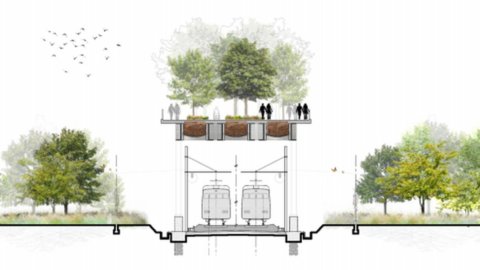




..it will be my illusion but I see a city with many empty skyscrapers